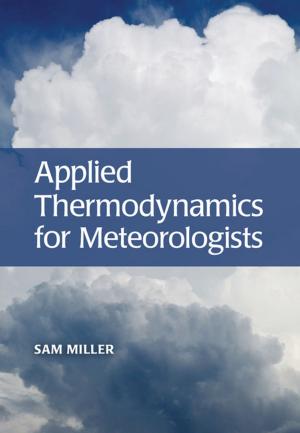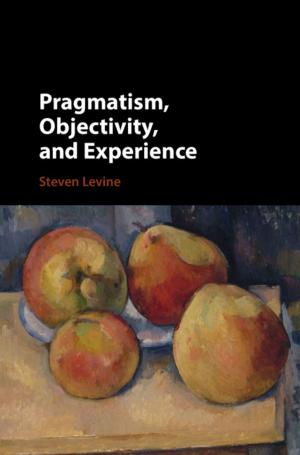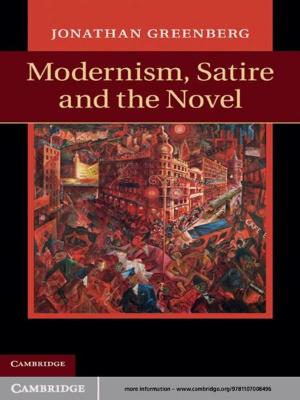| Author: | William Shakespeare | ISBN: | 9781139836401 |
| Publisher: | Cambridge University Press | Publication: | August 11, 2005 |
| Imprint: | Cambridge University Press | Language: | English |
| Author: | William Shakespeare |
| ISBN: | 9781139836401 |
| Publisher: | Cambridge University Press |
| Publication: | August 11, 2005 |
| Imprint: | Cambridge University Press |
| Language: | English |
The New Cambridge Shakespeare appeals to students worldwide for its up-to-date scholarship and emphasis on performance. The series features line-by-line commentaries and textual notes on the plays and poems. Introductions are regularly refreshed with accounts of new critical, stage and screen interpretations. For this second edition of King Lear, Jay L. Halio has added a new introductory section that focuses on recent developments in scholarly criticism as well as on contemporary productions of the play. The edition features a comprehensive account of Shakespeare's sources, including literary, political and folkloric influences on the work. Halio's text is edited from the Folio and he explains the differences between the quarto and Folio versions, alerting the reader to the rival charms of the quarto by sampling parallel passages in the Introduction and by including in an Appendix annotated passages that are unique to the quarto. An updated reading list completes the edition.
The New Cambridge Shakespeare appeals to students worldwide for its up-to-date scholarship and emphasis on performance. The series features line-by-line commentaries and textual notes on the plays and poems. Introductions are regularly refreshed with accounts of new critical, stage and screen interpretations. For this second edition of King Lear, Jay L. Halio has added a new introductory section that focuses on recent developments in scholarly criticism as well as on contemporary productions of the play. The edition features a comprehensive account of Shakespeare's sources, including literary, political and folkloric influences on the work. Halio's text is edited from the Folio and he explains the differences between the quarto and Folio versions, alerting the reader to the rival charms of the quarto by sampling parallel passages in the Introduction and by including in an Appendix annotated passages that are unique to the quarto. An updated reading list completes the edition.















